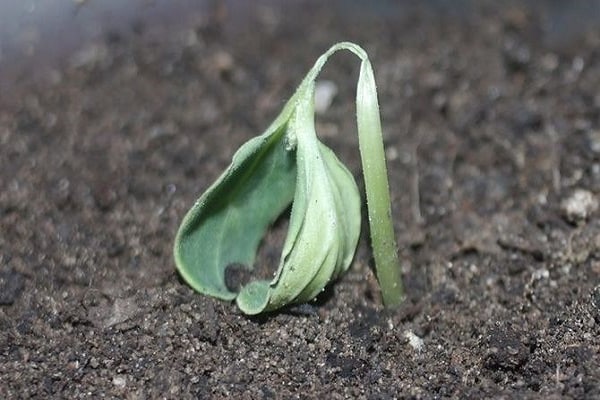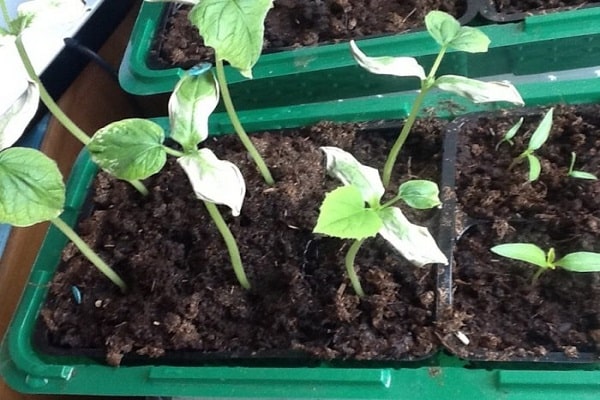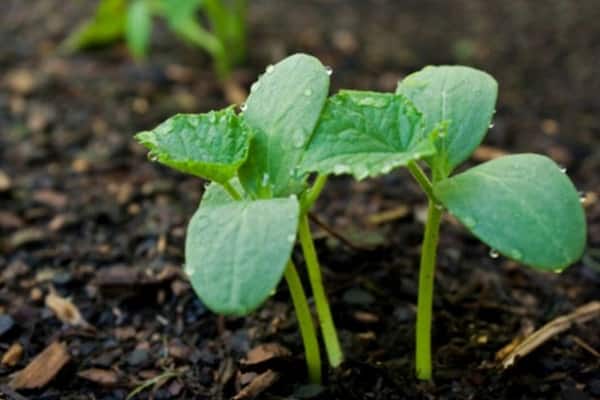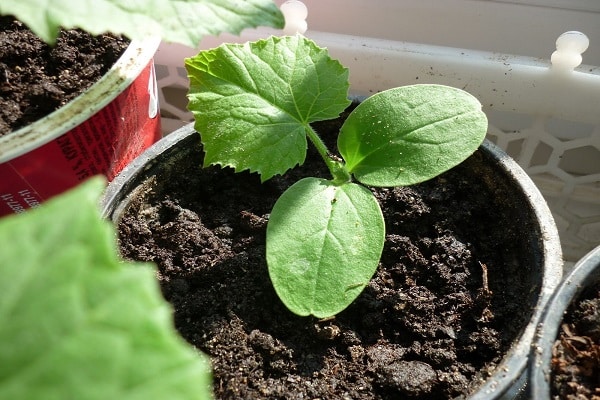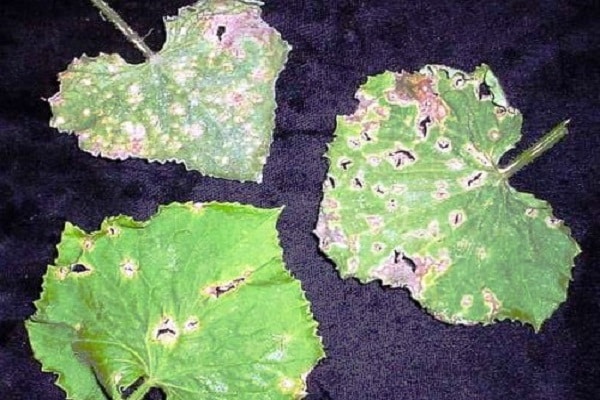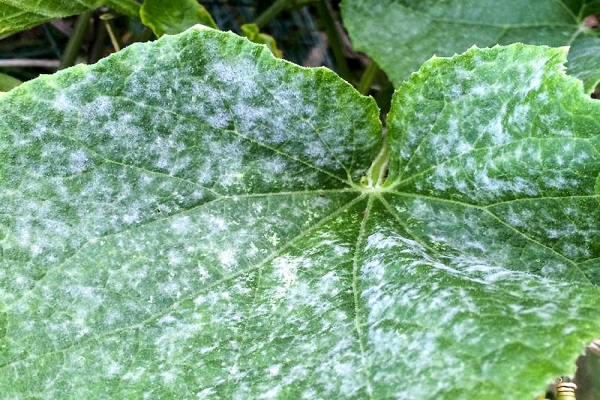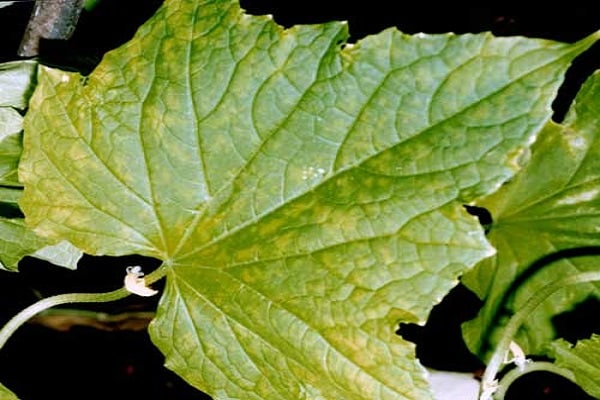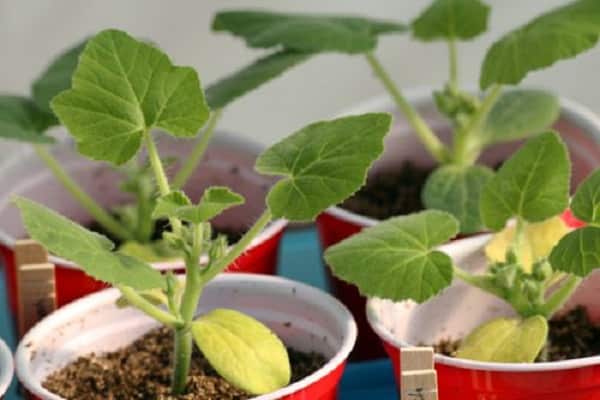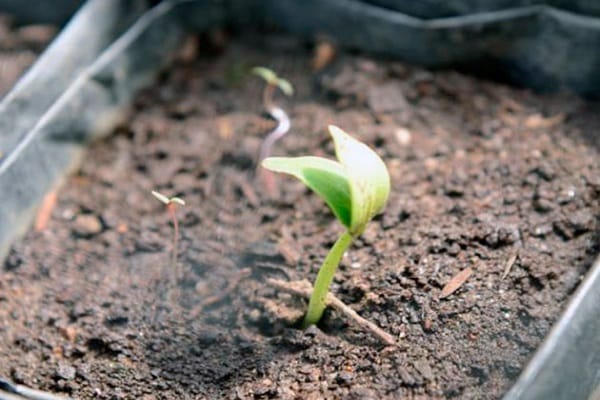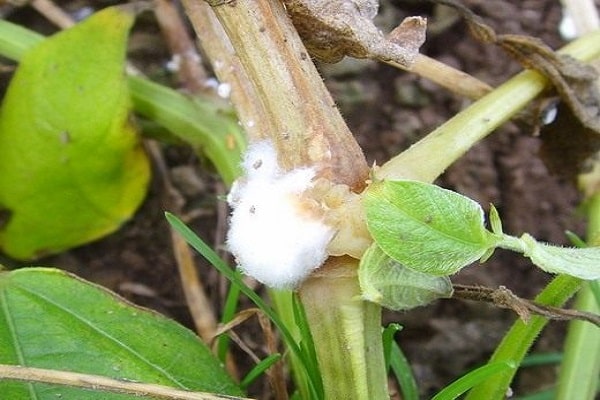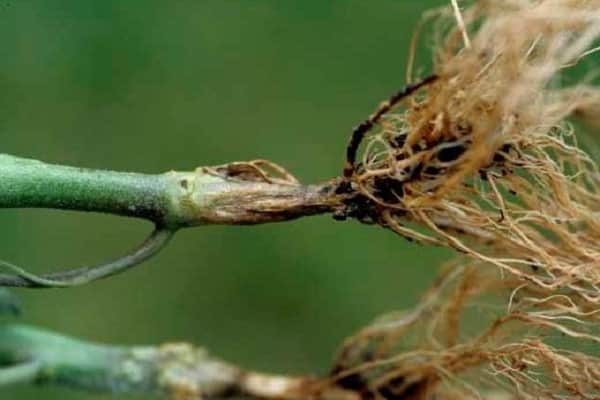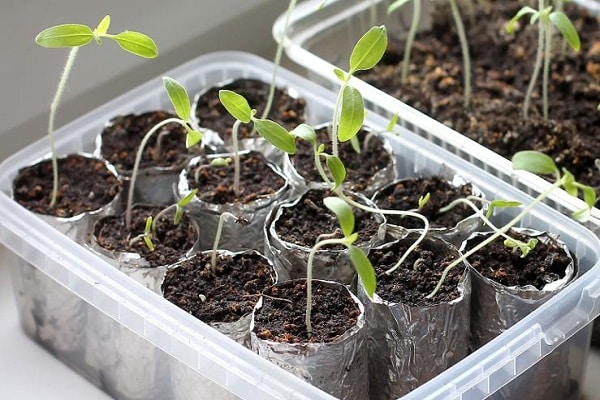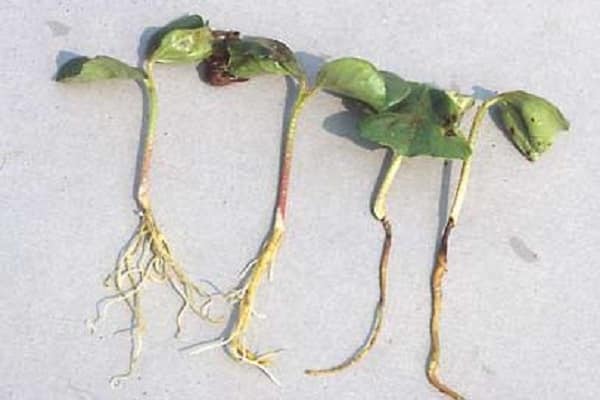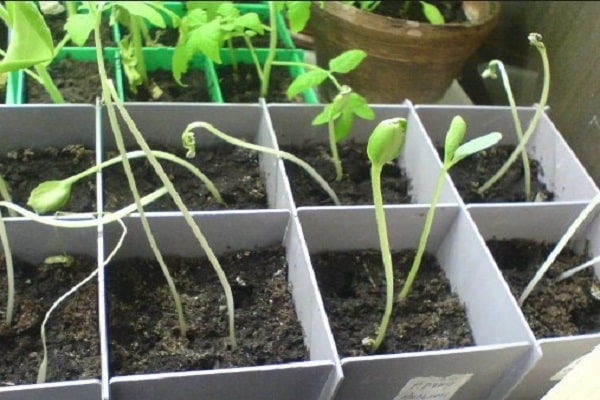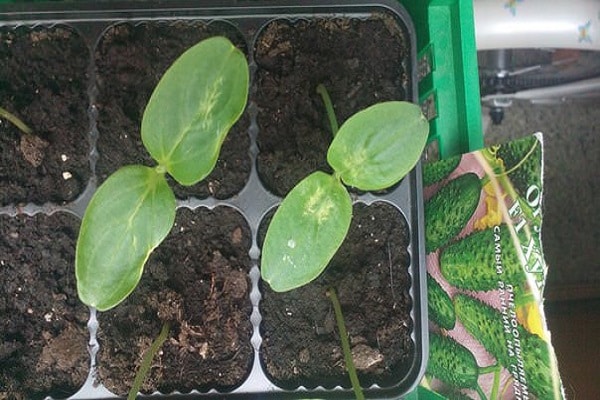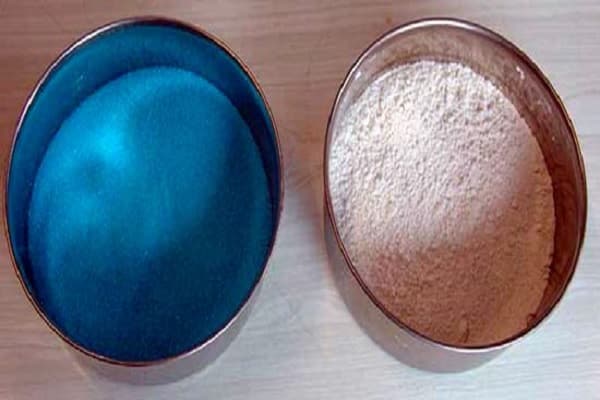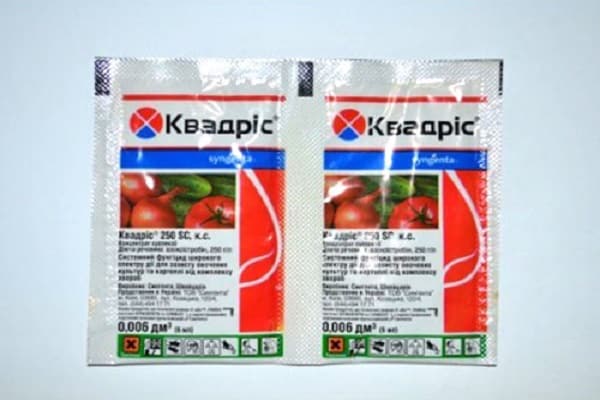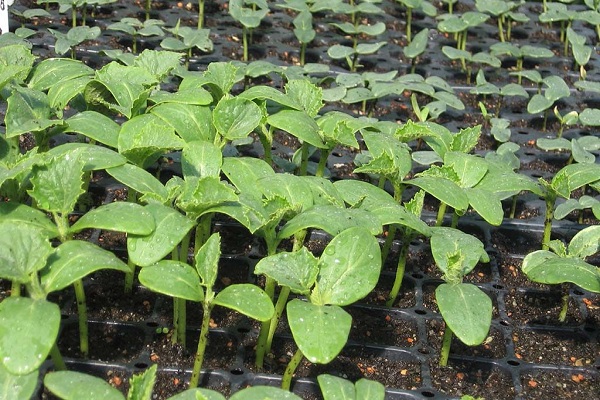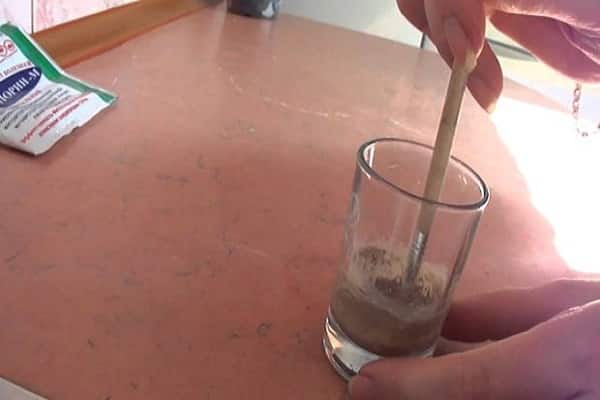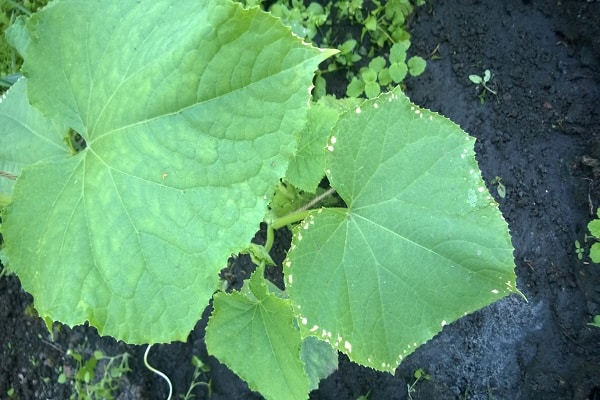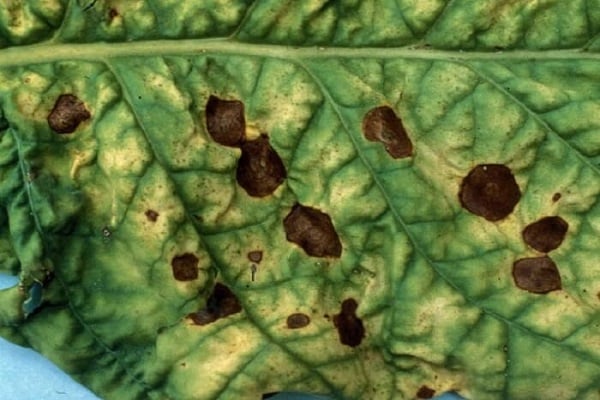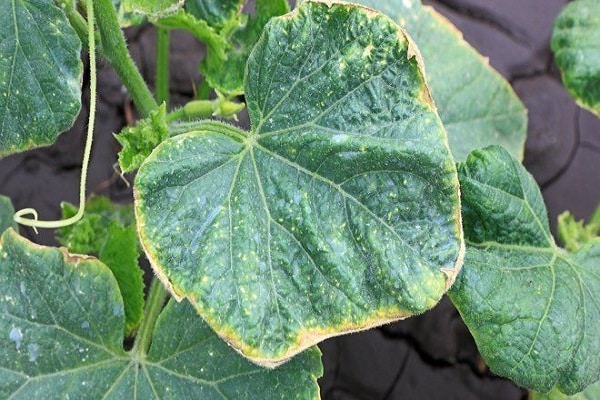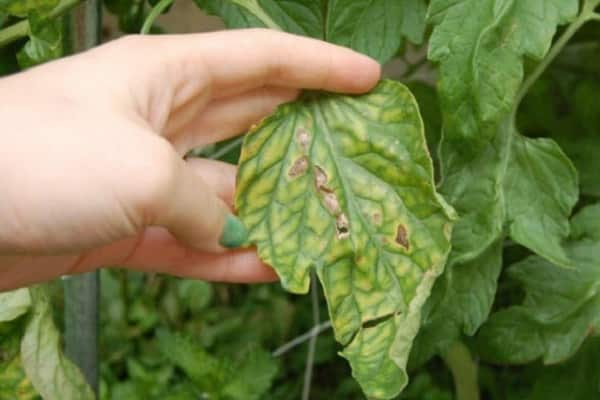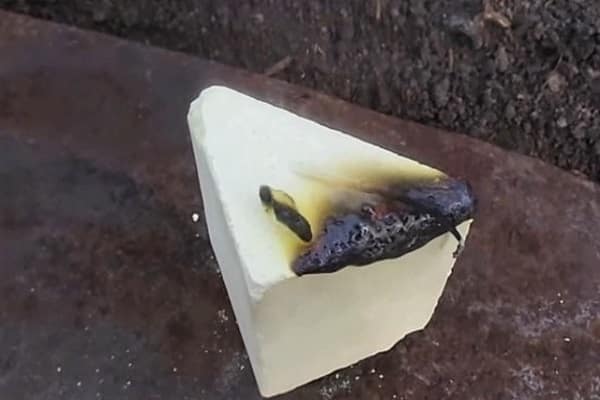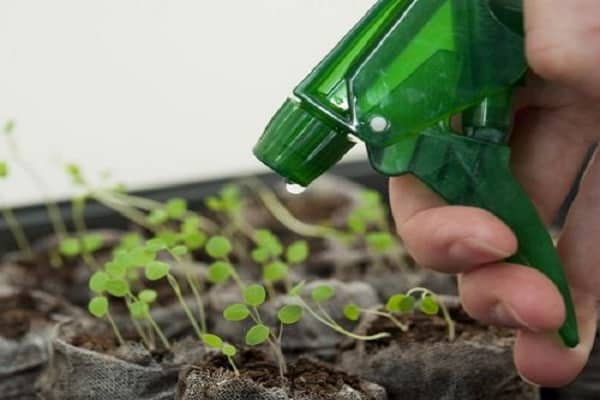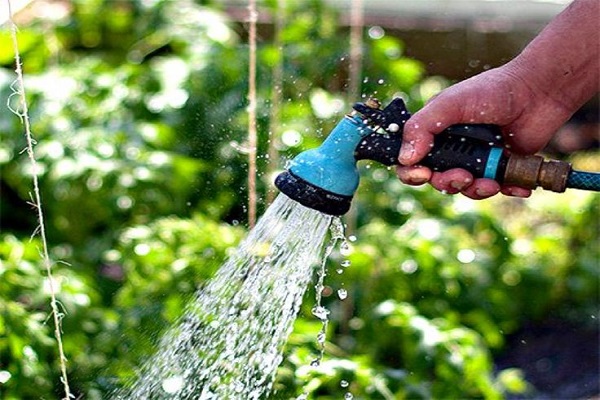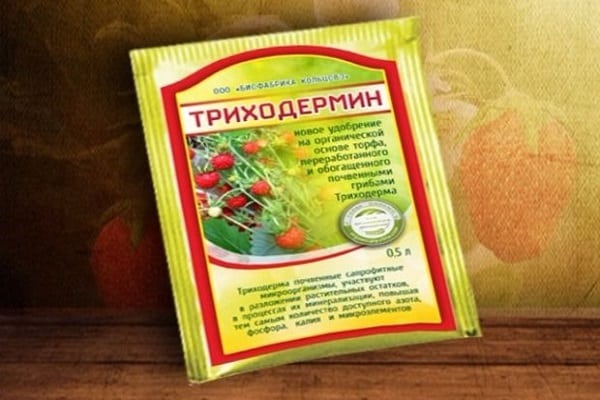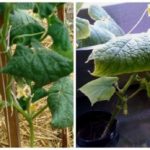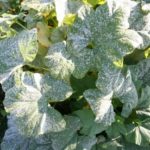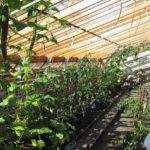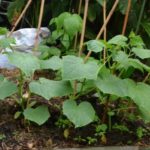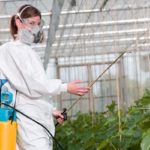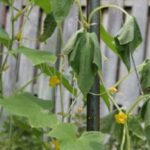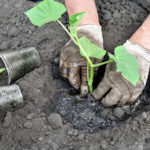Growing cucumbers from seedlings is not easy. At the initial stage of development, young seedlings are exposed to pathogenic fungi, bacteria and viruses. Diseases of cucumber seedlings do not arise out of nowhere. They spread through the air, through contaminated seeds and soil. Early recognition of signs of pathology, timely treatment and prevention will help cucumber seedlings develop normally and produce high-quality fruits.
- The main causes of pathologies
- Symptoms of fungal infections
- Anthracnose
- Powdery mildew
- Downy mildew
- Fusarium wilt
- Gray and white rot
- Root rot
- Blackleg
- Ways to eliminate diseases
- Review of the best fungicides
- What viruses and bacteria infect seedlings?
- Prevention measures
- Biological preparations for protecting seedlings from diseases
The main causes of pathologies
The basis of any disease is non-compliance with the rules of vegetable farming:
- Fungi that cause disease in cucumber seedlings are hidden in the soil. If they take soil from the garden, then most often it is contaminated. Purchased substrates are usually disinfected by manufacturers.
- Seeds collected independently may carry microorganisms that cause diseases in cucumber seedlings.
- Conditions such as excessive dry air and high humidity are favorable for the development of pathogenic fungi. And their combination with low temperatures will lead to withering of the seedlings.
- A lack of nutrients occurs when cucumber seedlings have sprouted thickly. Hence the seedling diseases. Fertilizer application must be carried out according to the schedule. You can’t saturate the soil too much with fertilizers, especially nitrogenous ones.
- When seedlings are watered with cold water, they suffer from this and get sick.
- Violations of growing conditions, when the seedlings have little light and the room temperature is either low or high, lead to diseases.
If seedlings are grown in greenhouses, then it is necessary to control the light, temperature and air humidity. Seedlings can also become infected when the soil and walls of the room are not disinfected.
Symptoms of fungal infections
Fungal spores, having lived in the soil or seeds, begin to actively multiply, moving from one plant to the next. They penetrate all parts of the seedlings, destroying young cucumber bushes. If spots appear on cucumber seedlings, then the fungi have begun their destructive activity.
To destroy diseases of cucumber seedlings, you need to know the signs of the most common ones.
Anthracnose
Although the seedlings cucumbers are rarely affected by anthracnose, but once you get sick, it’s hard to get rid of it. The leaves of the seedlings become covered with yellow or brown spots, as if they were burned. Having merged into one ulcer, the dead areas fall out, forming sclerotia. If diseased seedlings are not treated, then after planting them in open ground or a greenhouse, the disease will spread to the fruits, depriving the vegetable harvest.
The fight against fungal infection is carried out as follows:
- removing diseased plants;
- treating seedlings at the first signs of disease with Bordeaux mixture or copper oxychloride solution;
- spraying with Fundazol.
Fungi are stored in the ground, so before sowing cucumbers for seedlings, the soil is calcined in the oven.
Powdery mildew
Powdery mildew is recognized by a white coating on the back of the leaf. In seedlings, the disease occurs when the seedlings have outgrown and were not planted in the ground in time. From the leaves, whitish spots spread to the stems of the plant. The seedlings do not have enough moisture, their stems become thinner, and they themselves die.
The fight against the disease includes spraying with an infusion of hot pepper, a solution of baking soda, or preparations such as Gamair.
Downy mildew
Symptoms of downy mildew include the following:
- the appearance of light spots near the veins of the leaves;
- distribution of large brownish spots;
- the presence of a white coating on the underside of the leaves, which becomes purple over time;
- curling and falling leaves.
The course of the disease is rapid when the air temperature in the room reaches above 28 degrees and the humidity reaches 90 percent.
To curb the development of the disease, treatment with the fungicidal agent Topaz or Fitosporin will help.
Fusarium wilt
Fusarium mold fungi will destroy young seedlings if measures are not taken in time.
Cucumber seedlings look drooping during the day, recovering at night. The fungus penetrates contaminated soil, forming mycelium inside plants.
To prevent the seedlings from dying, they are treated with Previkur. It is better to destroy severely affected seedlings.
Gray and white rot
A slippery gray coating appears on the stems when the humidity reaches 90 percent. The reason for the formation of white slimy coatings on leaves and stems is also the presence of a large volume of moisture both in the air and in the soil. If you notice the appearance of fluffy lumps on the seedlings, then stop watering and spraying and bring the seedlings back to normal.
Root rot
It is impossible to see rot on the roots of seedlings. You can tell that a plant is sick by the following signs:
- thinning of the root collar;
- browning of leaves;
- stopping the growth of seedlings.
Measures to combat the disease must be taken immediately, otherwise the plant will die. It is best to transplant the seedling into another container, washing its roots and clearing them of rot.. Treating cucumber seedlings with fungicides will also help.
Blackleg
Fungal activity manifests itself when the humidity in the room increases, and the seedlings have little light and the plantings are thickened.
The disease can be noticed by black formations at the base of the stem of the seedlings. Young seedlings begin to lean towards the ground and die.
If the cucumber disease has just begun, its development can be prevented. Rake the soil away from the affected stem and treat the soil around it with a solution of copper sulfate (two teaspoons per liter of water). Dusting the stems with wood ash powder will also help. In advanced cases of the disease, nothing can save a sick plant.
Ways to eliminate diseases
Diseased cucumber seedlings can always be saved from disease.The main thing is not to waste time, but to begin treatment by detecting the first signs of pathology:
- You can save a diseased plant by replanting. During the procedure, the affected leaves are removed by sprinkling the cut area with crushed activated carbon. If the roots are damaged, they are washed, cutting off the black ones and covered with rot, and treated in a weak solution of potassium permanganate. The seedlings are transplanted into separate containers, having disinfected the soil in advance.
- Among the effective methods of treatment, treatment with Fitosporin or Topaz is popular.
- Folk remedies cannot be discounted when fighting fungal diseases of cucumbers. You can use whey by dissolving one liter in a bucket of warm water.
- You can also treat seedlings with an infusion of onion peels, dissolving fifty grams of it in ten liters of water. The mixture is brought to a boil, then cooled and filtered.
- In seedlings treated with foliar feeding, the appearance of the leaves will be restored and spots will disappear. For spraying, prepare a solution of ten grams of urea, two grams of copper sulfate and one gram of zinc sulfate per bucket of water.
- To improve the soil health, the biological product Trichodermin is added to it.
Spraying of cucumbers and their treatment is carried out in accordance with the signs of infection found in the seedlings. A photo and description of its symptoms will help identify the disease.
Review of the best fungicides
The market offers many chemical preparations for treating cucumbers against fungal infections. Diseases of cucumber seedlings can be treated with the following drugs:
- Bordeaux mixture;
- Quadris;
- Topaz;
- Fitosporin.
Bordeaux mixture contains copper sulfate and lime mixed with water. A lime solution is used to neutralize the acidity of the liquid so as not to burn the leaves of the seedlings.Bordeaux mixture is used to spray cucumber seedlings to prevent fungal diseases.
The components of the fungicide Quadris have a detrimental effect on the spores of the main pathogenic fungi, stopping the flow of air to them. After treatment with the drug, pathogenic microorganisms die within an hour.
The active substance in Topaz stops the development of the mycelium, and the fungus dies. The product is well absorbed into the tissue of cucumber seedlings and acts instantly. To spray seedlings, take one milliliter of product per two liters of water. Topaz has a long-lasting effect on fungal spores. Preventive treatment is carried out once during the period of seedling growth, then after planting cucumbers in the ground.
Phytosporin is classified as a natural biofungicide, as it contains live spores and cells of bacteria living in the soil. When they come into contact with water, they begin to multiply, suppressing microorganisms dangerous to seedlings. Dilute the powder with boiled or spring water. After some time, when the bacteria wake up and become active, they begin to spray the cucumbers. For better adhesion, you can add a little soap to the mixture. If the drug is liquid, then there is no need to dilute it.
These products are used in the fight against fungal infections - powdery mildew, fusarium wilt, gray, white, root rot, anthracnose. Apply them according to the instructions at least three times. They help the seedlings regain health and protect them from infection later, after planting the seedlings in open or closed ground.
What viruses and bacteria infect seedlings?
While fungal infections of seedlings can be treated, viral and bacterial infections are more difficult to get rid of, sometimes impossible.
Viral mosaic is recognized by spots randomly scattered across the leaf blade.Their shape resembles a mosaic made up of dark and light areas. At the same time, the ends of the young leaves of cucumber seedlings curl down, and the following ones do not develop.
In cucumbers, a mottled green mosaic is also distinguished, when the surface of the leaves becomes wrinkled and covered with light spots. The disease occurs when seedlings are planted densely and the room temperature reaches above 27-30 degrees Celsius.
The mosaic virus is transmitted by aphids, which often settle on cucumber seedlings.
The danger of a viral infection is that it destroys all seedlings. Therefore, it is necessary to quickly destroy diseased plants. And the soil from the containers is disposed of or disinfected.
Pathogenic bacteria cause angular leaf spot. For active development, microorganisms need low indoor air temperatures and high humidity. And moisture getting on the leaves of the seedlings will increase the effect of bacteria. It's difficult to fight them. Meanwhile, the leaves of the seedlings are covered with angular spots of different shades of brown. As the disease develops, the plants die.
It is impossible to get rid of cucumbers from viral and bacterial diseases. It remains to say goodbye to diseased seedlings in order to save the rest of the plants.
Prevention measures
You can prevent the development of diseases in cucumber seedlings using the following methods:
- soil disinfection before planting vegetable seeds;
- pre-treatment of seed material by soaking in a solution of potassium permanganate;
- compliance with the seed planting pattern with a distance of three to five centimeters from each other;
- using individual cups and peat tablets for seedlings;
- spraying cucumber seedlings with Bordeaux mixture.
Vegetable seedlings will be healthy if you care for them properly:
- Indoors, daylight hours should last at least twelve hours.Therefore, they organize additional illumination of the seedlings using phytolamps or fluorescent lamps, hanging them at a distance of seven to ten centimeters from the seedlings.
- Watering cucumbers is carried out regularly and only with warm water.
- And you need to feed it taking into account the nutritional value of the soil in the pot. Applying only nitrogenous fertilizers contributes to the spread of diseases among cucumbers.
- To reduce indoor air dryness, you need to spray cucumber leaves daily.
Proper organization of care for cucumber seedlings leads to the fact that the plants will actively develop, grow and produce good yields.
Biological preparations for protecting seedlings from diseases
Treatment with Trichodermin will help protect seedlings from diseases. The drug is used both for disinfection of seeds and for application to the soil during sowing. Twenty milliliters of biological product are taken per pot. Spray the seedlings with the drug solution when they have two true leaves. Repeat the procedure every ten to twenty days.
The effect of the drug Planriz and Pentafag is high. Treating seedlings with products will reduce the risk of cucumbers becoming infected with fungal and bacterial infections.
Attentive attitude to vegetable plants and knowledge of the rules of agricultural technology ensure that young cucumber seedlings will delight with green leaves and strong stems. Healthy seedlings will develop into strong plants that produce quality cucumbers.

